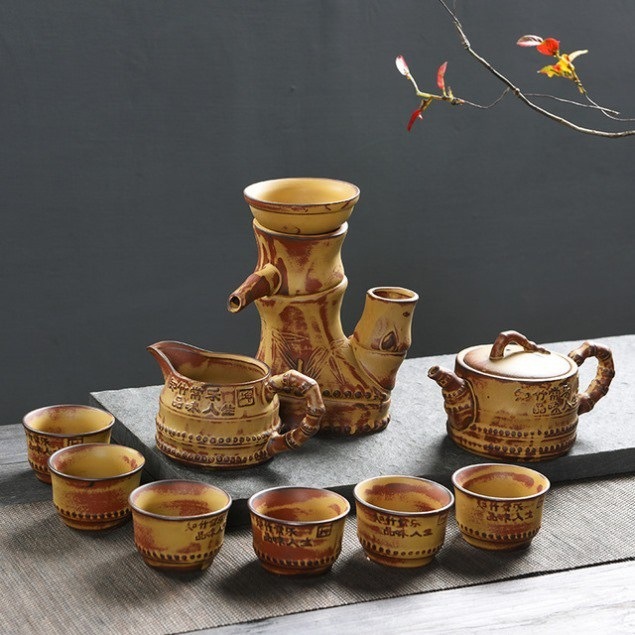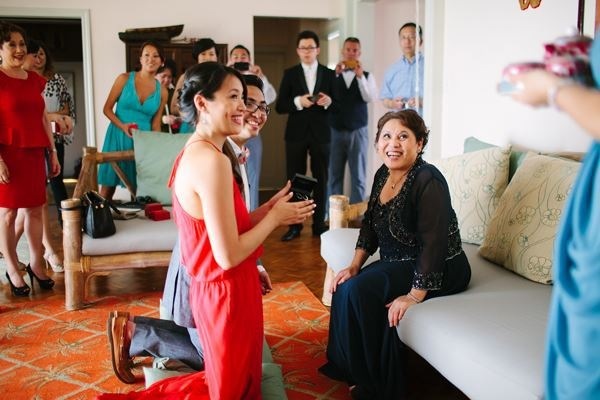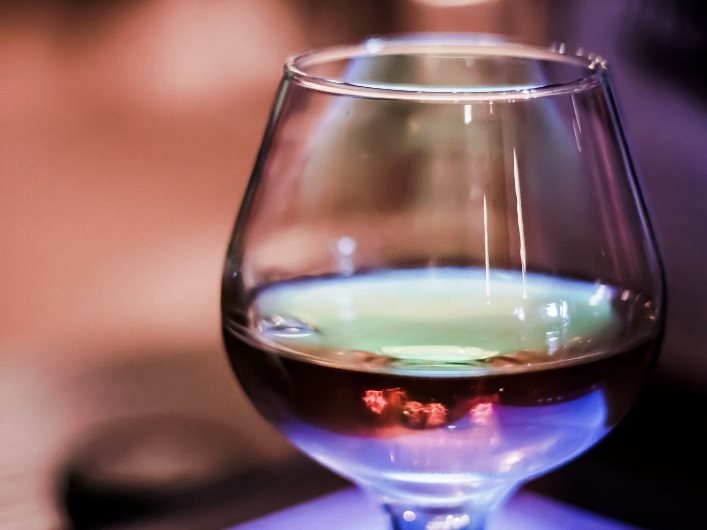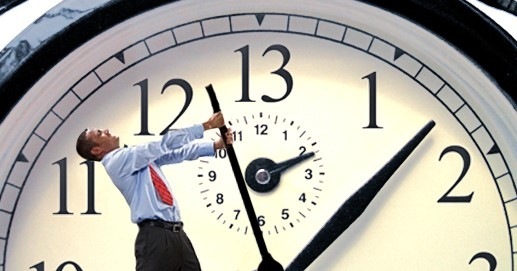The Values of Human 2 Human Spirit and Tea!

Recently I wrote a blog called “Let’s have some tea and continue to talk about happy things!” this blog stimulated much discussion with my business partner, Mark Herbert, in the US and then I informed Mark I had purchased a Chinese tea set to practice the tea ritual.
Mark’s view on tea was fascinating, he said ‘many friends, including the present company, know a lot about western afternoon tea etiquette, yet, few of them are acquainted with China and Eastern culture.
As is well-known, China is a country with a time-honored civilization and a land of ceremony and decorum. In China, tea is always served when guests come to visit. As an important medium of etiquette, tea plays a significant role in Chinese interpersonal relationships. Knowing the tea etiquette, being polite and showing respect when drinking tea in Chinese tea house can not only reflect your good self-cultivation, but also bring you the pleasantness and peacefulness from tea.
Nowadays, few people know the seating etiquette in traditional Chinese teahouse. Conventionally, the host’s left hand side should be the first guest of honour, the importance of the seats are in descending order from the host’s left hand to the right. It is the iron law to follow regardless of the table shapes. Besides, the old and teachers are most revered to take the first ranked seat, among them ladies have the priority when age differences are small. In addition, it would be inappropriate to sit opposite to the host. If it is inevitable, children should be allowed to take this seat.
It is the first time that the guests express appreciation to the host when they’re invited to taste the first steep, it is one of the most important etiquette in traditional tea ceremony. The formal and standard gesture is to stand up, men hold fists(left over right), women put palms together, make a bow, sit down, and take over the tea cups, smell the tea’s aroma first, then take a sip and savor the tea.
Finger Kowtow, otherwise known as finger tapping, is a ritual performed as a silent gratitude to the person serving the tea. According to legend, Emperor Qianlong of Qing Dynasty used to travel incognito to the south and once he went into a teahouse with his companions. The tea house owner used a long pot and poured the water three ups and downs with rhythm to make a cup of tea without even spilling a drop. Emperor Qianlong was impressed yet didn’t understand, “What was that movement?”, he asked. The owner smiled and said: “ This is the tradition of our tea house called ‘ Three Nods of the Phoenix’”. Heard that, Emperor Qianlong took over the long pot and tried to do the same, but that cup was his servant’s, normally the servant would get down on knees and kowtow to the emperor for this great honor.
However, to do so would reveal the identity of the emperor, so the quick-thinking servant bent his two fingers and tapped on the table as if he was kneeing and kowtowing to the emperor. From then on, finger kowtow has been the practice. Nowadays, instead of the implication of kowtow, people just tap their two fingers on the table to pay silent thanks to the tea server.

The tea ceremony may seem complicated after seeing that so many tools are required and sometimes some optional ones are also used. The traditional tea ceremony isn’t at all complicated and the steps to complete it are actually logical and simple. A nicely organized tea ceremony has a duration of 20 to 25 minutes. The traditional Chinese tea ceremony features the following steps.
1. The first stage of the ceremony is completed after warming the teapot and heating the cups. To easily achieve this, the performer of the ceremony needs to heat the water in a kettle and then place the teapot in the hot water together with the cups. After a few minutes the tea pot and the cups must be removed from the warm water.
2. The second stage of the tea ceremony includes appreciating the tea. During this step, the tea is passed around for participants to examine and admire its appearance, aroma and quality.
3. The third stage of the tea ceremony includes the actual preparing of the tea. The amount of tea and water will vary depending on the type of tea, its quality, and the size of the teapot but generally one teaspoon of tea leaves for every three quarters of a cup of water will suffice.
4. The next step includes placing the teapot into the bowl, raising the kettle at shoulder height and pouring the water into the teapot until it overflows. After pouring the water,the performer scoops away bubbles and tea leaves and put the lid on the teapot.
5. What the performer does next is to pour all the tea into the tea pitcher and fill the tea snifters. Then, he or she begins placing the tea cups upside down on top of the snifter cups, a ritual act said to bring prosperity and happiness. After which the performer grabs the cups and flips them so the snifter is inverted into the tea cup while removing the snifter to release the tea into the tea cups. The tea isn’t drank, but poured into the bowl.
6. The following step is the actual steeping of the tea which can vary depending on the tea leaves, their quality and the size of the tea leaves. Usually for the oolong tea which in general is used for this kind of ceremony the steeping time starts from 30 seconds up to maximum of 10 minutes. After the tea steeps, the host pours the beverage from the teapot into the tea pitcher. Using the tea pitcher, the tea is poured into snifters and then transferred to the tea cups.
7. The final step is the actual tea drinking. Good etiquette dictates that tea drinkers cradle the cup with both hands and enjoy the tea’s aroma before taking a sip. The cup should be drunk in three sips. The first sip needs to be a small sip, the second sip is the largest, main sip, and the third sip is meant to enjoy the aftertaste and empty the cup. After everyone has finished the first round of tea, an unlimited number of subsequent rounds of tea can be made. The best part is that oolong tea leaves can be reused up to five times in a row.
Gongfu Cha (tea skills). The proper way to serve tea, demonstrated with oolong tea.
Apart from practicing this fascinating ritual at home, the whole process triggered and stimulated many subjects around why we do not spend more time with loved ones, family and friends in gratitude. I am not suggesting that we all purchase a Chinese tea set, but it certainly embraces; honour, respect, laughter, gratitude and love for time well spent in the right company.
People of all ages are trying to learn and understand the etiquette of social media, as a fast growing platform in our society there is no one there to tell everyone the right way to behave. New things go viral every day, and the trending lists on the various social media platforms perpetuate them. Some of these things are promoting positive change, while others are attacking people or companies around the world. The big question is how is our ability to empathize is effected by social media. While I believe that social media can do amazing things in fighting a common cause or connecting us with people around the world, I believe that it can also cause a lapse in empathy.
Individual values reflect how you show up in your life and your specific needs-the principles you live by and what you consider important for your self-interest. Individual values include: enthusiasm, creativity, humility and personal fulfilment.
Our values are important because they help us to grow and develop. They help us to create the future we want and to experience true life.
Every individual and every organisation is involved in making hundreds of decisions every day. The decisions we make are a reflection of our values and beliefs, and they are always directed towards a specific purpose. That purpose is the satisfaction of our individual or collective (organisational) needs.
Relationship values:
reflect how you relate to other people in your life, be they friends, family or colleagues in your organisation. Relationship values include: openness, trust, generosity and caring.
Organisational values:
reflect how your organisation shows up and operates in the world. Organisational values include: financial growth, teamwork, productivity and strategic alliances.
Societal values:
reflect how you or your organisation relates to society. Societal values include: future generations, environmental awareness, ecology and sustainability.

Like organisations and the innovations they produce, the workforce has undergone significant change over the last 15 years. It shows every sign of continuing to evolve at this accelerated pace. Emerging developments are shifting stakeholder expectations, leaving industry leaders struggling to steer their organizations. Power is shifting from traditional executive positions to the workforce and customers with a proliferation of new ways to gather and disseminate information and collaborate on strategic tasks. As that shift happens, the gap between operations, workforce desires, customer expectations, and governing policies is widening.
Translating what makes environments like WeWork or relationships like Veterati so innovative in the prosumer-based model are they provide opportunities for organic and cross-functional work to occur. As we look at organizations of the future and how each member of this ecosystem will function together, leaders need to first understand the demands and then figure out how to meet their workforce where they are. That might mean rethinking how to use existing tools and channels to harness the full capacity of their resources. Humans are the most fundamental of those resources. As opportunities for daily H2H engagement decrease, the value of these interactions goes up.
Consider new mentorship models that can be harnessed for broader scale application and are not dependent on physical presence. Think outside of the traditional profile of a member of the workforce. AI and other machine-learning capabilities show promise for helping to equip managers with new mechanisms for efficiencies and more time to engage their workforce when the opportunity arises.
The capacity for success in a massively shifting work environment may be as simple as making sure that your human workforce feels personally connected to the group. Even as you pull down the walls around your operations, spend the time to listen and communicate shared purpose.
Bernard Beckett once said:
“Human spirit is the ability to face the uncertainty of the future with curiosity and optimism. It is the belief that problems can be solved, differences resolved. It is a type of confidence. And it is fragile. It can be blackened by fear and superstition.”
Articles from Geoff Hudson-Searle
View blog
Tequila has never been a good friend to me and to be honest with you I have never really understood ...

I really enjoy meeting up with my colleagues and friends, especially when we engage in ‘Meaningful C ...

‘Purposeful Discussions’ has been written as a natural next step to ‘Meaningful Conversations’, acro ...
Related professionals
You may be interested in these jobs
-

Director, Product Manager
Found in: Jooble UK O C2 - 1 day ago
Joinblink London, United KingdomHybrid position: working 3 days a week from our London office · Scalability, automation and precision are at the heart of what we do. You'll be helping to set the product vision, strategy, and roadmap for multiple products within Blink. Seamlessly move between analysing data, us ...
-

English Teacher
Found in: Appcast Linkedin GBL C2 - 5 hours ago
EdStart Schools Bury, United KingdomEdStart Specialist Education is committed to creating a diverse workforce. We will consider all qualified applicants for employment without regard to sex, race, religion, belief, sexual orientation, gender reassignment, pregnancy, maternity, age, disability, marriage or civil par ...
-
Senior Control Systems Engineer
Found in: Appcast UK C C2 - 5 hours ago
RED Engineering Design England, United KingdomSenior Control Systems Engineer - London, Bicester or Newcastle · RED are an expanding international M&E consultancy, with a proven track record in low energy design, focused on providing excellent design solutions to clients. · Through our market leading technical expertise, w ...


Comments
Geoff Hudson-Searle
6 years ago #4
Jerry Fletcher I could not agree more, Let’s face it –electronics are a part of life in the 21 st century. Pros and cons to our increasing connectivity certainly exist; we are able to stay engaged with the world from the privacy of our own homes late into the evening. However, in doing so we are exposed to the light that our devices emit; and both mental activity and light exposure promote wakefulness. Where tea isn't just a comforting and pleasant beverage, it also has remarkable healing properties—so much so that it's deemed a sort of "wonder drink" that may be even healthier than drinking water. The Chinese have been practising Oolong tea rituals for centuries, partaking in a tea ritual produces more than a Meaningful Conversation!
Jerry Fletcher
6 years ago #3
Geoff Hudson-Searle
6 years ago #2
Lovely to hear from you Franci\ud83d\udc1dEugenia Hoffman, beBee Brand Ambassador I must say the tea ritual was quite experimental at first but now its a weekly event, I love the ritual and of coarse the amazing tea! :-)
Geoff Hudson-Searle
6 years ago #1
Thank you Savvy Raj for your wonderful comments, glad you enjoyed my latest buzz! :-)